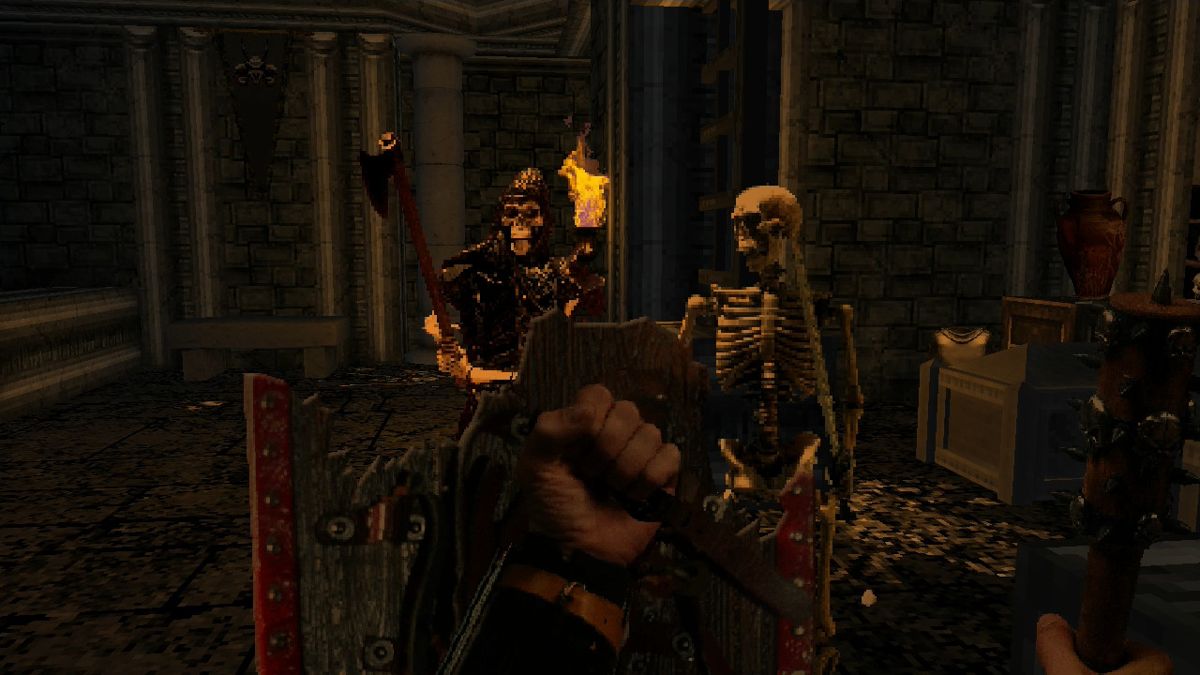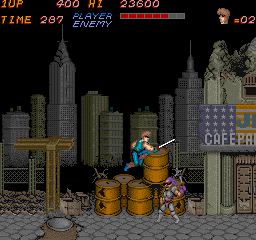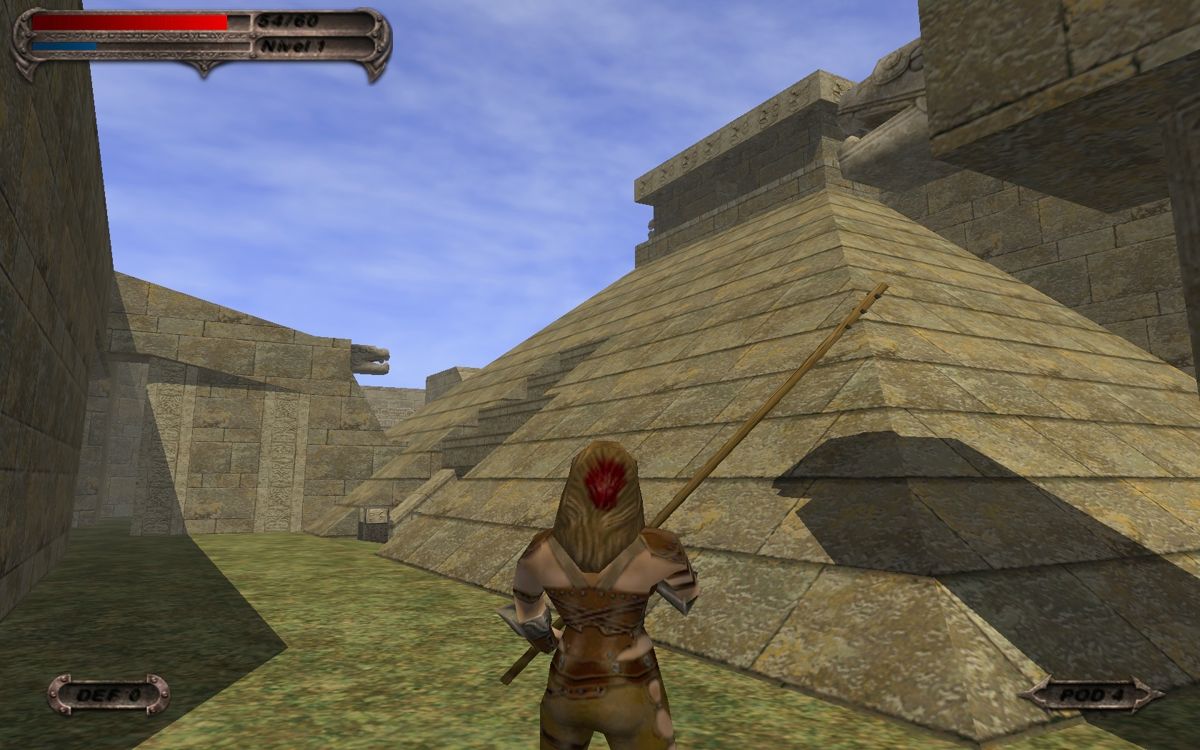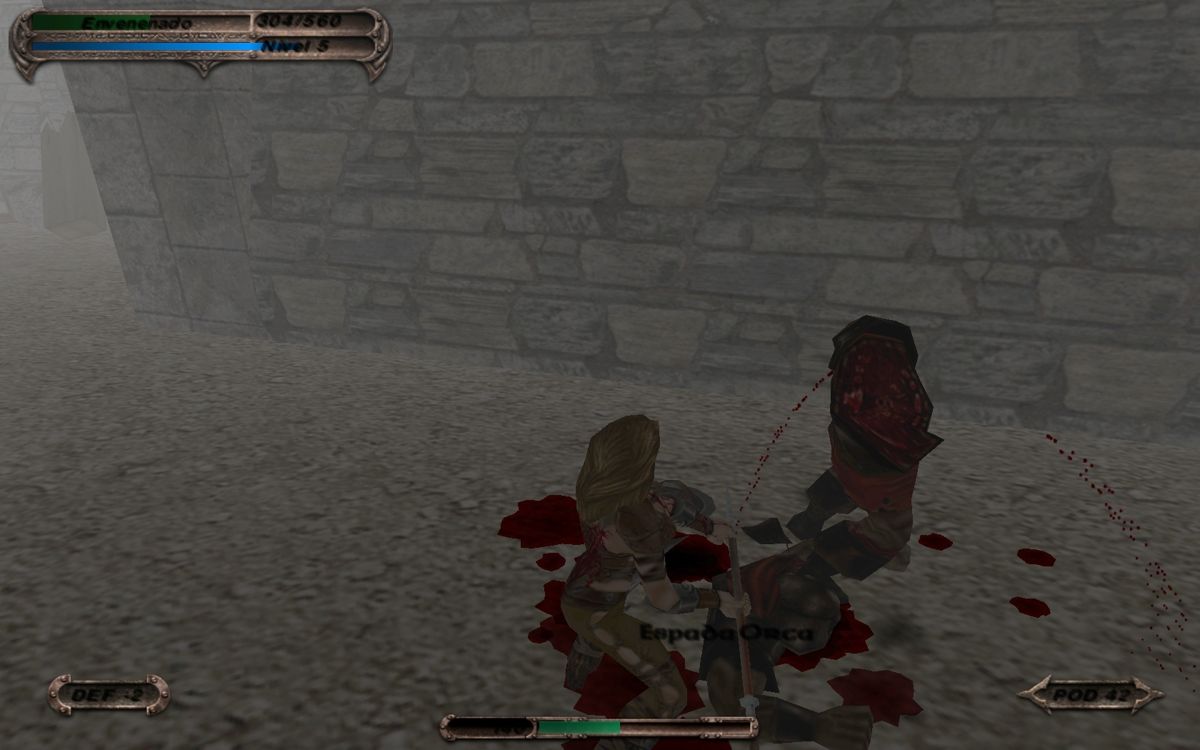Despite its title, Arthurian Legends doesn't really have a huge amount to do with Arthurian legend, but it does include a little bit of backstory that refers to Uther Pendragon, Merlin, and Igraine but backstory is all it is. You start the game and are greeted with men breaking into your house to kill you, so off you go. You don't meet Uther, or Merlin, or anyone else associated with the legends. Just a bunch of armored men, wizards, and hell creatures, all of whom need killing. Essentially, the story is that you're a one-man army fending off an invasion by devil-worshipping Saxons.
Monday, September 26, 2022
Arthurian Legends (2021)
Despite its title, Arthurian Legends doesn't really have a huge amount to do with Arthurian legend, but it does include a little bit of backstory that refers to Uther Pendragon, Merlin, and Igraine but backstory is all it is. You start the game and are greeted with men breaking into your house to kill you, so off you go. You don't meet Uther, or Merlin, or anyone else associated with the legends. Just a bunch of armored men, wizards, and hell creatures, all of whom need killing. Essentially, the story is that you're a one-man army fending off an invasion by devil-worshipping Saxons.
Sunday, September 18, 2022
COVER ART: Warrior of Ras: Dunzhin (1982)
Monday, September 12, 2022
Trojan (1986)
When sword and sorcery started fading from prominence in the 80s, one of the genres that arguably picked up the standard and gave audiences some of the same feeling was post-apocalyptic sci-fi/action. Generally (though not always...) lacking in sorcery or fantasy elements, but stories about hardened warriors wandering a bleak landscape, often having to revert to melee weapons because of scarcity of firearms, coming into conflict with local warlords, and then moving on the next adventure. Trojan (Tatakai no Banka - Battle Song?) takes place in one of these scenarios.
The player controls a man armed with a sword and shield as he hacks his way through the demon army of a tyrant named Achilles. The game begins in a ruined city, then proceeds through wilderness, dilapidated factories, and ends up at Achilles's classically styled palace. Many of your foes are just armored men with maces and crossbows, but some appear to be flame-spitting mutants and others have bionic attachments like a metal arm with an extendable claw. Some especially annoying guys will use gyro-packs to attack you from the skies. Some enemies can knock your weapons away from you, forcing you to fight with your hands and feet until you can retrieve a fresh set, which makes the hero look like a total badass in his ability to adapt.
It's the fourth game designed by Takashi Nishiyama, who broke in at Irem and created Moon Patrol, and then went on to design Kung Fu Master/Spartan-X (inspired by Jackie Chan's Wheels on Meals) before leaving for Capcom. Trojan feels like a spiritual successor to Kung Fu Master in that both games are strictly horizontally-scrolling brawlers in which you often have to determine if it's better to move forward or to turn around and take care of the goons breathing down your back while also minding the knife-throwers and other threats still coming from the front. Trojan is a lot more hectic than Kung Fu Master, and Capcom's influence shows in how the game, much like Ghosts 'n Goblins, requires you to beat it twice before it's considered properly completed. The "true ending" for Trojan, though, only amounts to some insignificant changes in the ending text and most players should feel satisfied if they only complete the first loop - that's an accomplishment in itself.
Visually the game is exceptionally dark, mostly taking place at night, with lots of muted gray and brown backgrounds, while the somewhat more colorful characters look very manga-influenced. Although the game has a lot of the popular hallmarks of the genre, with the crumbling buildings and goons in big shoulder pads, it's hard to imagine that the game wasn't heavily inspired by Fist of the North Star, particularly considering its Japanese origins. Fist of the North Star was a very hot series at the time and had a bigger impact on video games than many westerners realize. For instance, it was also a primary influence on Double Dragon, despite popular assumptions that Double Dragon was some kind of campy take off of The Warriors or martial arts B-movies.
Tuesday, September 6, 2022
Blade of Darkness (2001)
SKALD: Against the Black Priory (2024)
SKALD: Against the Black Priory is a Kickstarted RPG by Anders Laurindsen that hearkens back to classic PC RPGs, particularly those for t...

-
Dishonored, released by Arkane Studios, probably isn't most people's idea of a traditional sword-and-sorcery work. The player cont...
-
Art by Brom Heretic is the fourth game released by Raven Software, a studio founded by Brian and Steve Raffel. With their debut game, an A...
-
Cover by Simon Bisley, best known as a comics artist but he's done a few game covers. He's never made a secret of Frazetta's inf...










